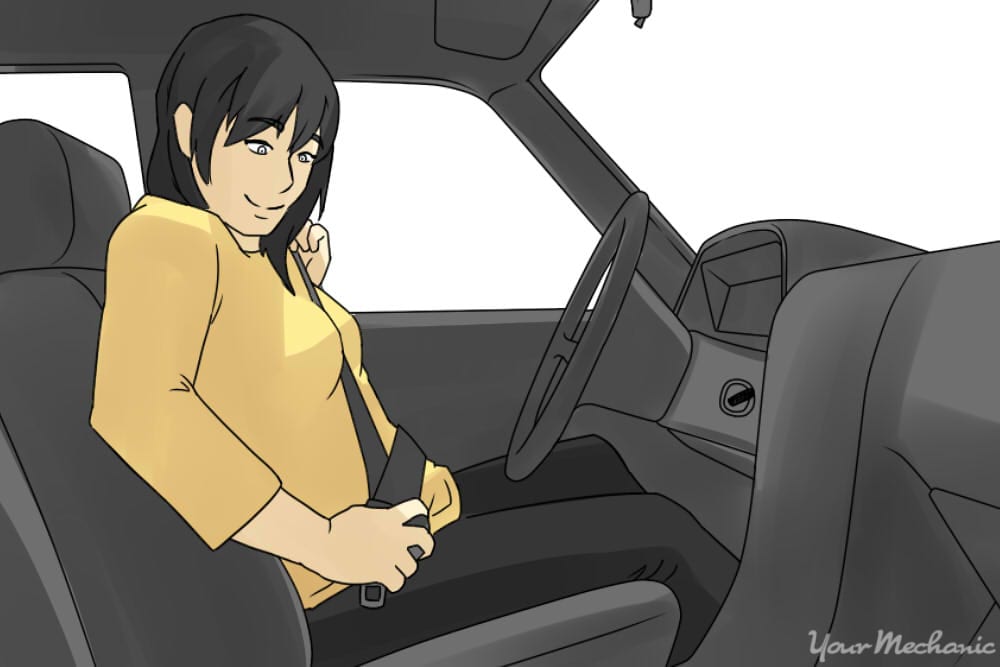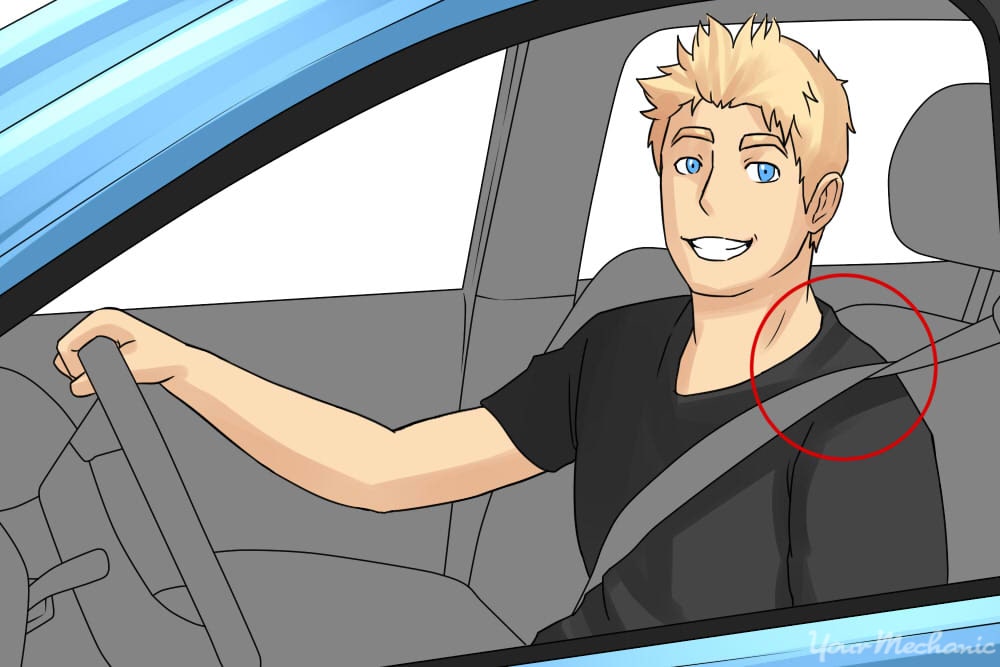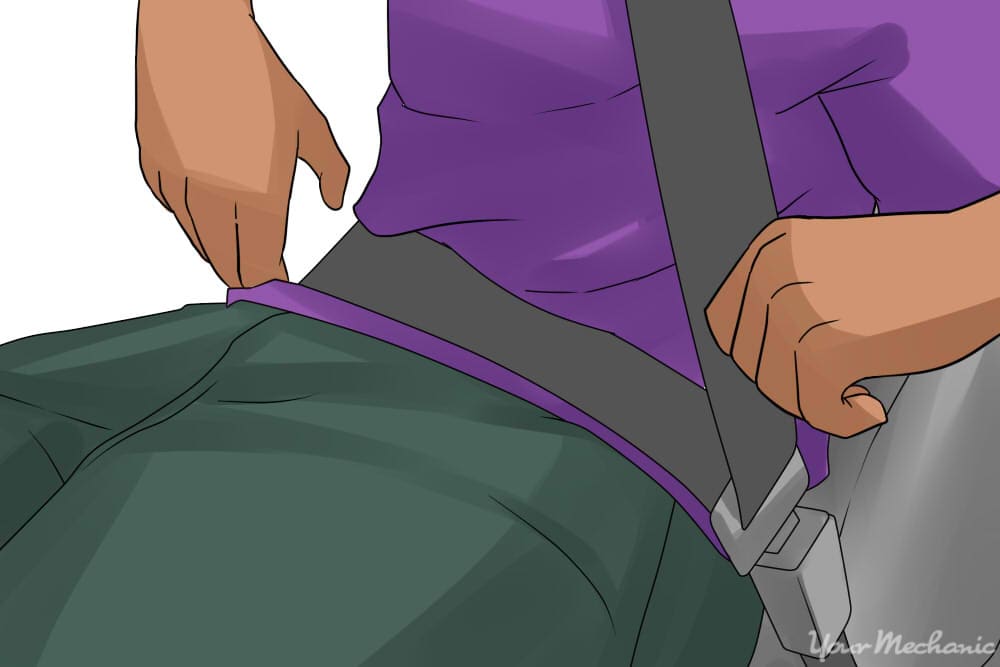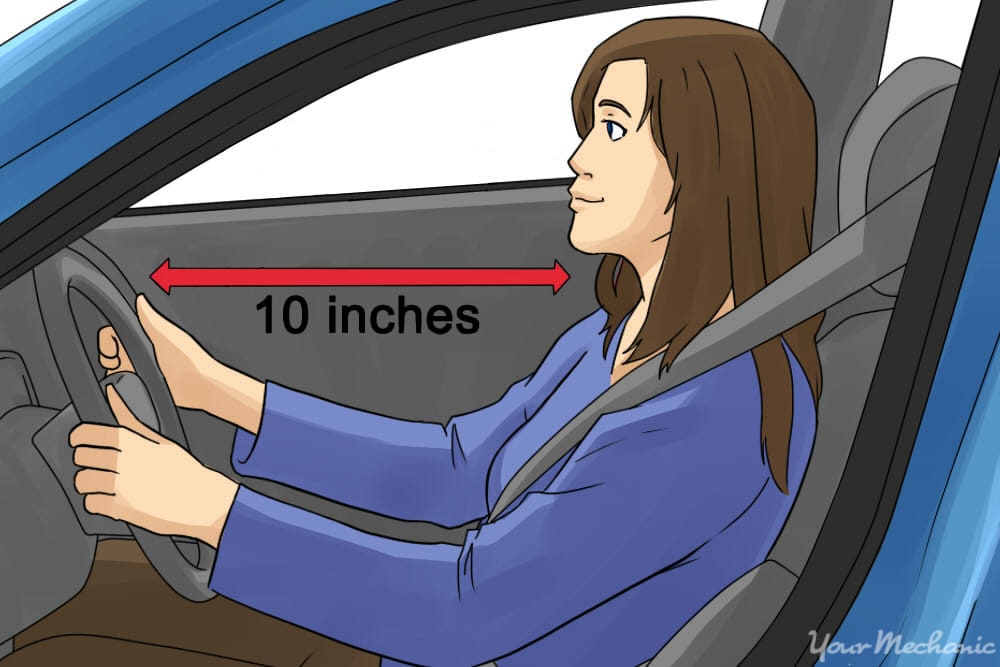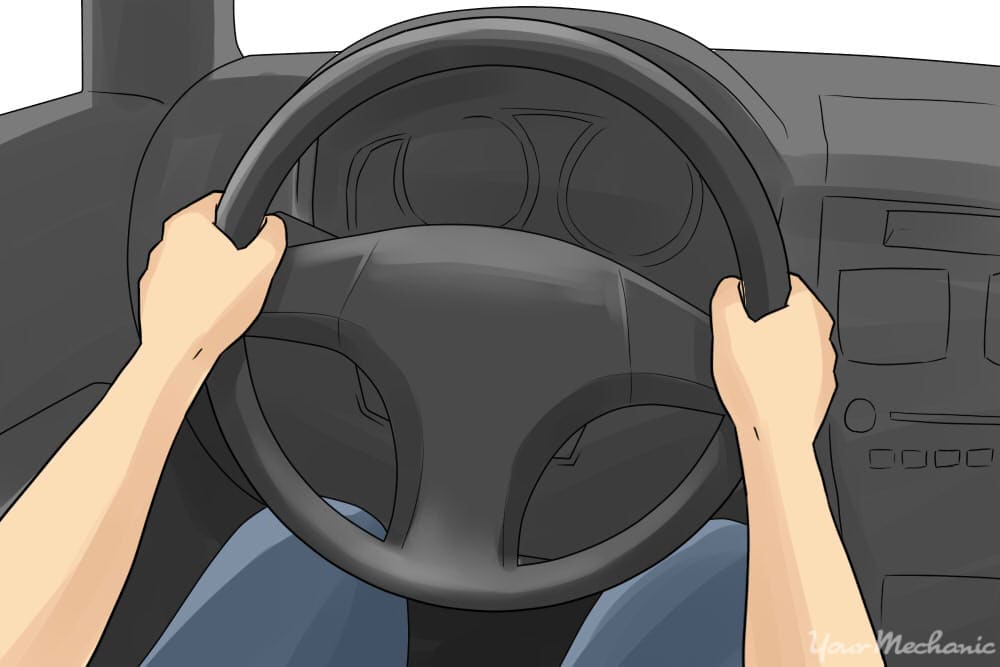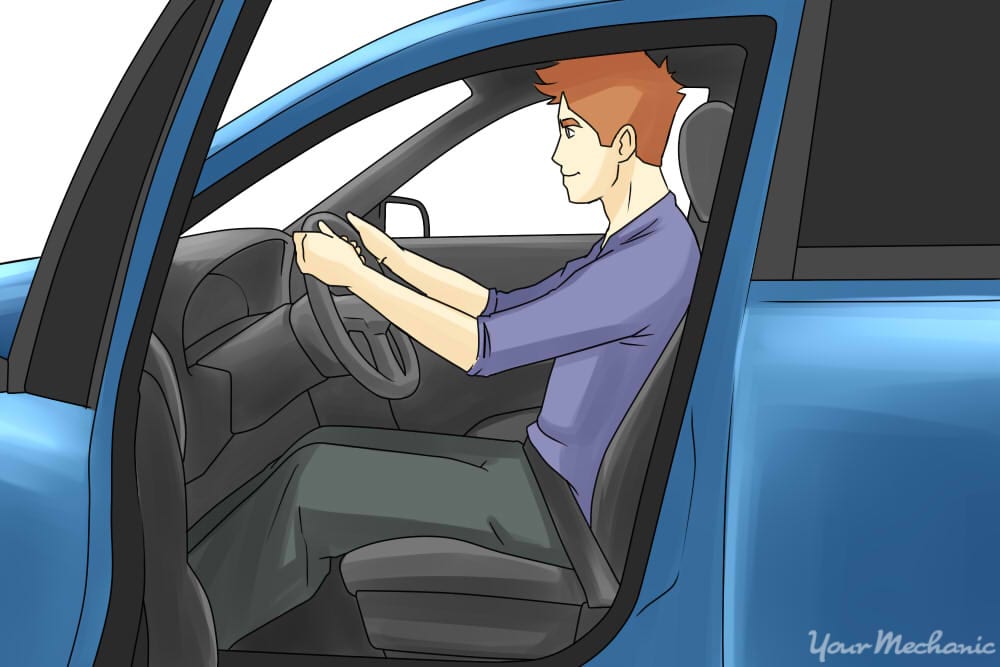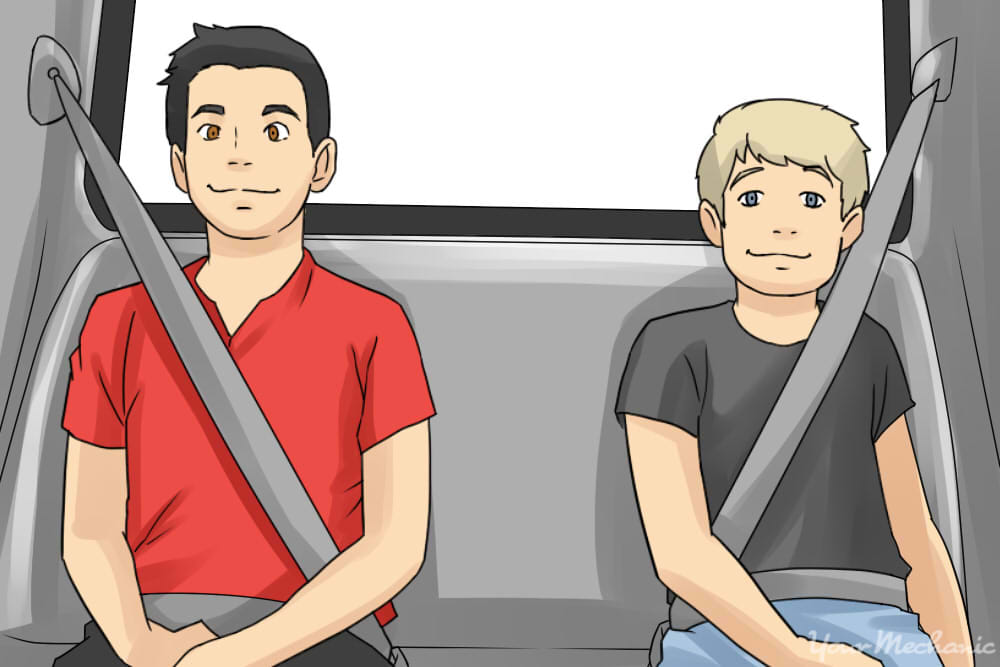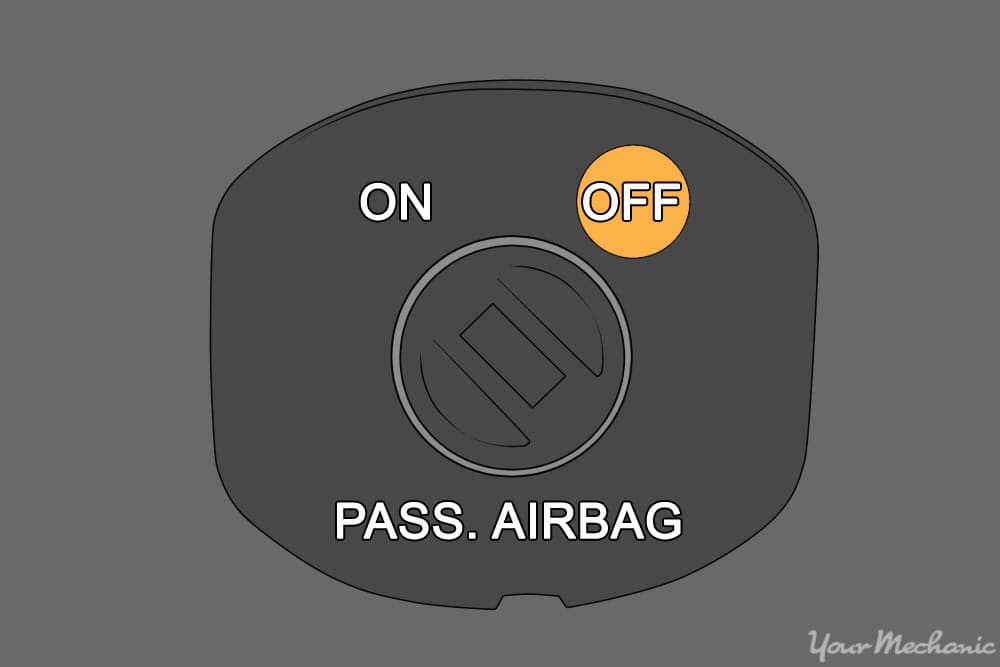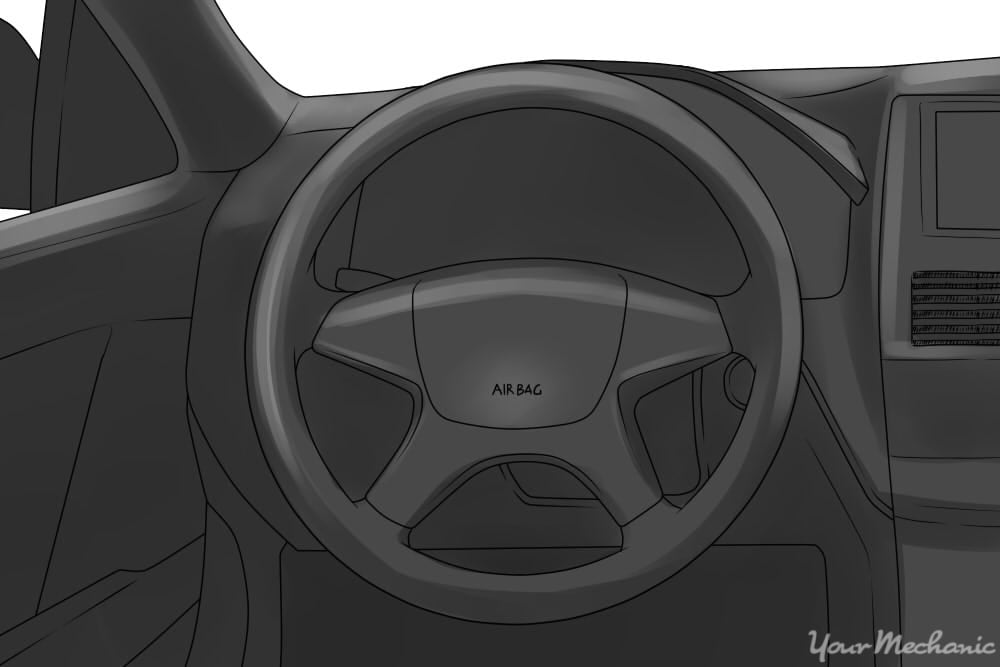

If you drive a 1998 or newer vehicle, it is almost sure to have dual front air bags. Air bags are a safety feature that protect vehicle occupants from injury, or reduce the extent of injuries experienced in a collision.
An air bag is essentially an explosive device. The air bag system in a vehicle is comprised of several components including:
- Impact sensors
- The air bag control module
- The air bag itself
- The inflator
- Wiring
When a vehicle is involved in a collision, impact sensors determine the severity of the impact. In order for an air bag to deploy, the front impact must be the equivalent of hitting a rigid, fixed barrier at a speed of 8 to 14 miles per hour. If you hit an item that absorbs some of the impact, such as a vehicle that has crumple zones, the impact speed needs to be higher in order for the air bags to deploy.
When an air bag deploys, it inflates from a compact, folded form behind a plastic cover in less than 1/25th of a second, which is faster than the blink of an eye. It inflates at the speed of 200 miles per hour, then quickly deflates. The inflator uses a chemical reaction between sodium azide and potassium nitrate to produce a near instantaneous explosion of nitrogen gas to inflate the air bag.
Air bags are also called SRS air bags. SRS stands for Supplemental Restraint System because air bags are not designed to be your only defense in the event of a collision. They are meant to supplement the safety abilities of your primary safety system - your seat belt.
Because of its extremely fast inflation rate, an air bag can do serious harm to a vehicle occupant if they don’t adhere to certain criteria. Here’s how to drive a vehicle equipped with air bags.
Part 1 of 3: Wear your seatbelt at all times
Step 1: Always wear your seat belt. Regardless of how long or short your drive is, wear your seat belt.
Most collisions happen within a very short distance of either your destination or your origin so the trip length is of no consequence.
Step 2 Adjust your seat belt comfortably. Adjust your seat belt so the shoulder belt is resting comfortably over your collarbone.
If your seat belt is rubbing your neck or slipping off your shoulder, adjust your seat belt height or your seat height so it’s at your collarbone.
Step 3: Wear your lap belt low across your hips. If your lap belt is too high on your body, you can sustain serious injury that could be prevented by wearing your lap belt low on your hips.
Step 4: Take out all slack in your seat belt. Your seat belt should never be loose across your lap or over your shoulder.
Slack may let you slip under or “submarine” under the belt in a collision, or can let your body momentum move too far forward, causing injury.
Part 2 of 3: Adjust your body position
Whether you are the driver or a passenger, proper body position can significantly decrease the likelihood of injury in an accident when the air bags deploy.
Step 1: Allow space in between the air bag. Adjust your seat so you are at least 10 inches from the front air bags.
As a driver, your seat is properly adjusted when your arms are extended to the steering wheel with a slight bend in your elbow.
Step 2: Hold the steering wheel at the 9 o’clock and 3 o’clock positions. The previous method of holding the steering wheel at 10 and 2 can cause hand and arm injuries if the air bag inflates in a collision.
Step 3: Sit straight. Sit upright with your back straight and your bottom all the way back in your seat.
If you slouch, your body position is closer to the air bag and you can experience more injury in a collision than if you maintain the proper body position.
Part 3 of 3: Keep smaller passengers in the backseat
Step 1: Have children sit in the back: Children under the age of 12 should always be placed in the backseat of a car with their seatbelt on.
In a collision, children in the front seat can be seriously injured by an air bag, making the backseat a safer place for children to ride.
Step 2: Consider weights of the front passenger. If your front passenger is under 85 pounds, the passenger air bag may not deploy in a collision.
Many vehicles have an occupant classification system that weighs the front passenger.
If the passenger is under 85 pounds, the air bag system disables the front passenger air bag to help prevent injuries.
- Note: In the case of pickup trucks without a backseat, there may be a switch on the dash to disable the passenger air bag if children are riding in the front seat. The passenger air bag should be immediately enabled once children are no longer in the front seat.
Air bags are a fantastic safety device designed to help keep you safe when driving. To prevent the likelihood of injury, always use the proper body position and use your seat belt on every trip no matter how long or short it is.
If you notice any problems with your air bag or notice that your Air Bag Light is on, a certified mechanic, such as one from YourMechanic, can come to your home or office to inspect your car and make the needed repairs.



